Post-surgery risks in dental and oral care are highly sensitive issues, and unexpected jaw discomfort caused by oral care devices can significantly complicate recovery. This is a growing concern for medical professionals and device manufacturers alike, as seemingly minor discomfort may exacerbate healing complications or delay tissue regeneration. Understanding this link is crucial for designing safer, surgery-compatible oral hygiene products.
After oral or maxillofacial surgery—whether wisdom tooth extraction, implant placement, or jaw alignment—patients are in a delicate healing phase. Devices that apply unnecessary pressure to the jaw, such as electric toothbrushes with aggressive vibration, can:
Therefore, even light jaw discomfort becomes a serious contributor to post-surgery risk profiles.
Many post-operative patients report that certain electric toothbrushes and oral irrigators inadvertently worsen their condition. Key design flaws include:
Manufacturers must reassess these variables, particularly for products marketed as “gentle” or “sensitive.”Company web:https://www.powsmart.com/product/electric-toothbrush/
Jaw discomfort from unsuitable devices is not just a matter of inconvenience—it can escalate into more severe post-surgery risks, including:
From a medical perspective, these risks may require additional treatment or prolong healing by weeks.
To reduce both jaw discomfort and related post-surgical risks, manufacturers should integrate certain features during the design phase:
These features not only improve user comfort but also reduce litigation or regulatory recall risk in medical-related markets.
Despite the technical improvements, a lack of clear post-surgery guidelines in product manuals often leads to misuse. Manufacturers should:
Proper education helps users navigate recovery with confidence while reducing negative feedback or returns.
For retailers, clinics, and distributors, this issue is more than technical—it’s a brand reputation factor. Selling devices that increase post-surgery risks due to jaw discomfort exposes businesses to:
Choosing the right OEM partner with proven experience in post-operative safety design is now a competitive advantage.
In a post-surgical context, even subtle jaw discomfort can cascade into serious post-surgery risks. Manufacturers aiming for leadership in the oral care space must proactively address this issue through ergonomic engineering, medical compatibility, and education. Our facility specializes in OEM/ODM development of oral care devices designed with healing and safety in mind—because real innovation begins with empathy and precision.contact us
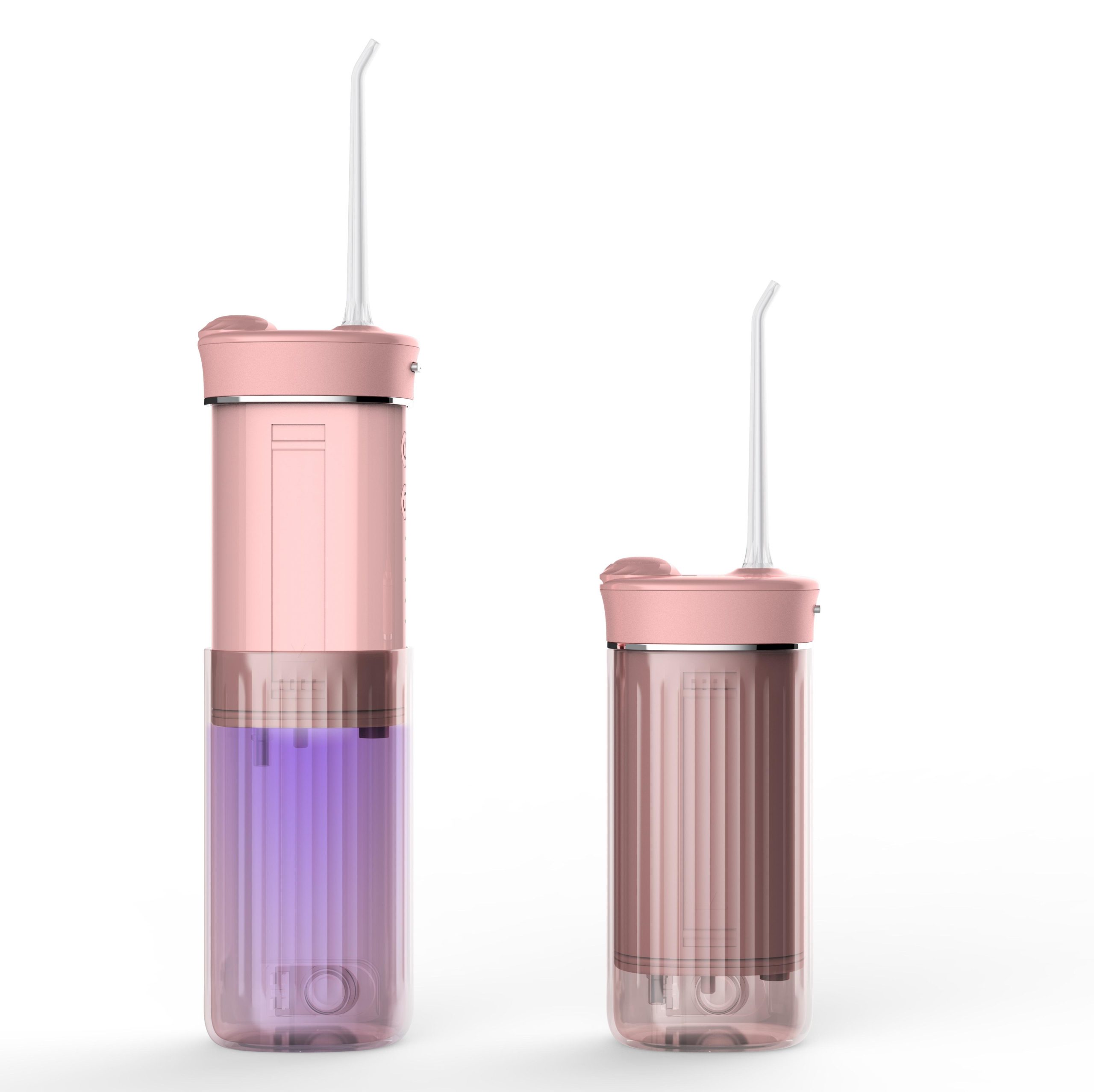
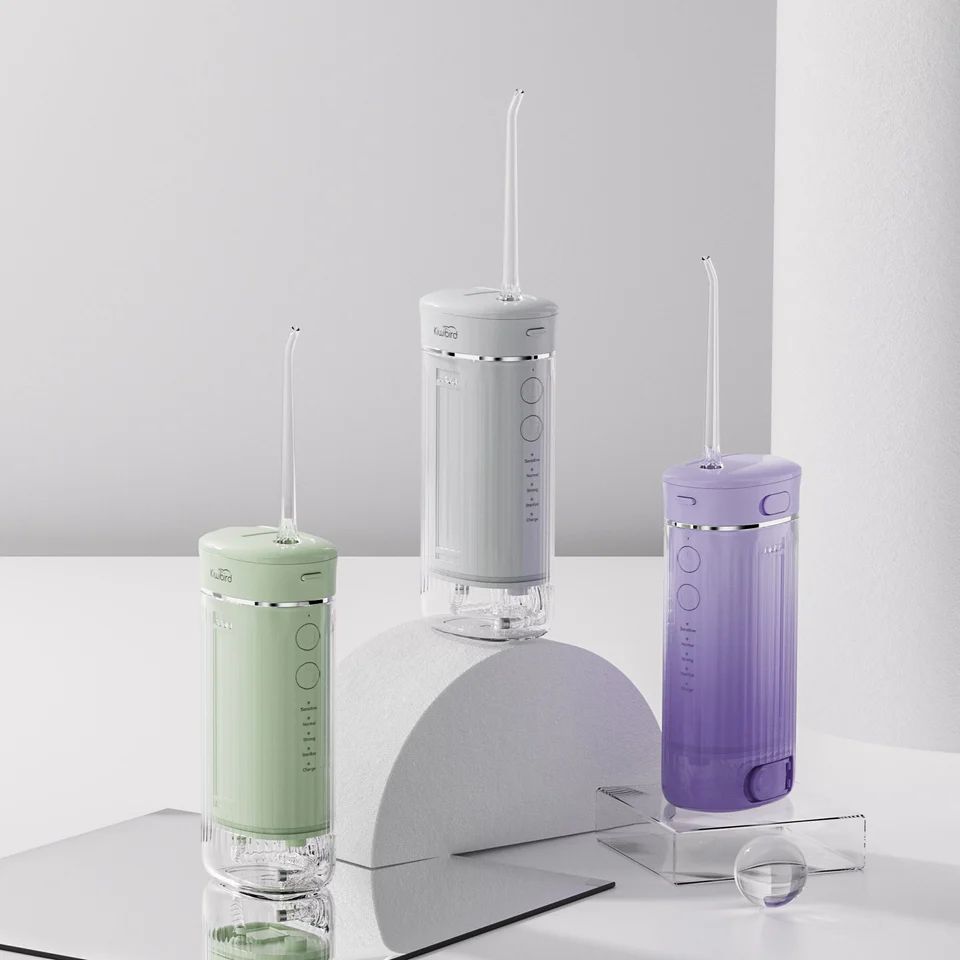
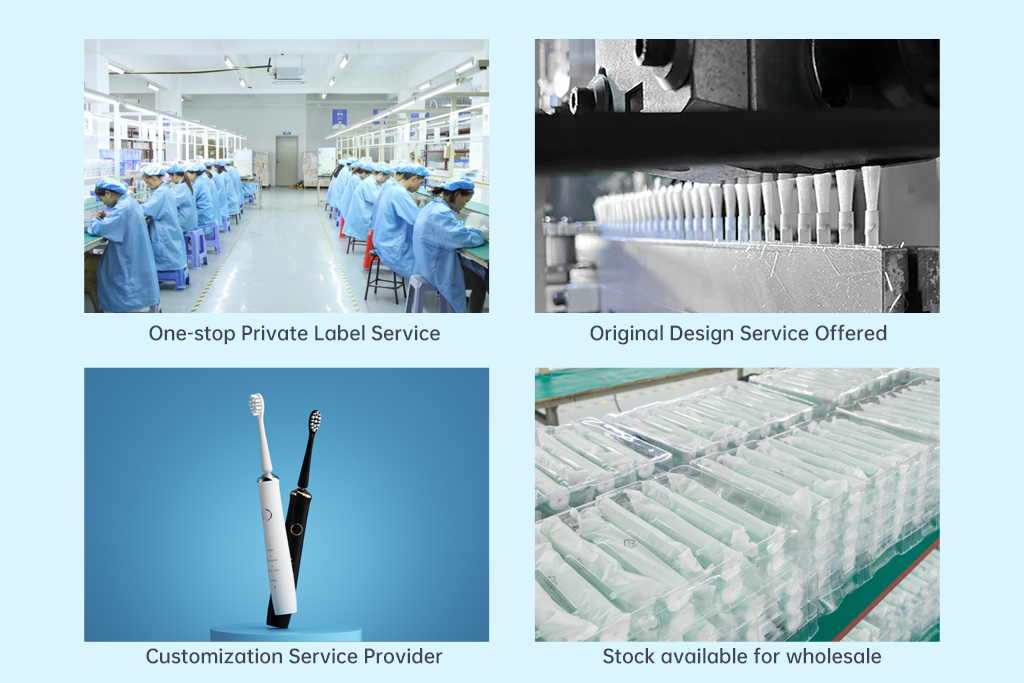
Is Ultraviolet Sterilizing Water Flosser Becoming the New Favorite? How Do Brand Owners Select Professional Water Flosser Factories?
.jpg)
Gentle Oral Care Products for Sensitive Gums: A Guide for Brands Seeking the Right Manufacturer
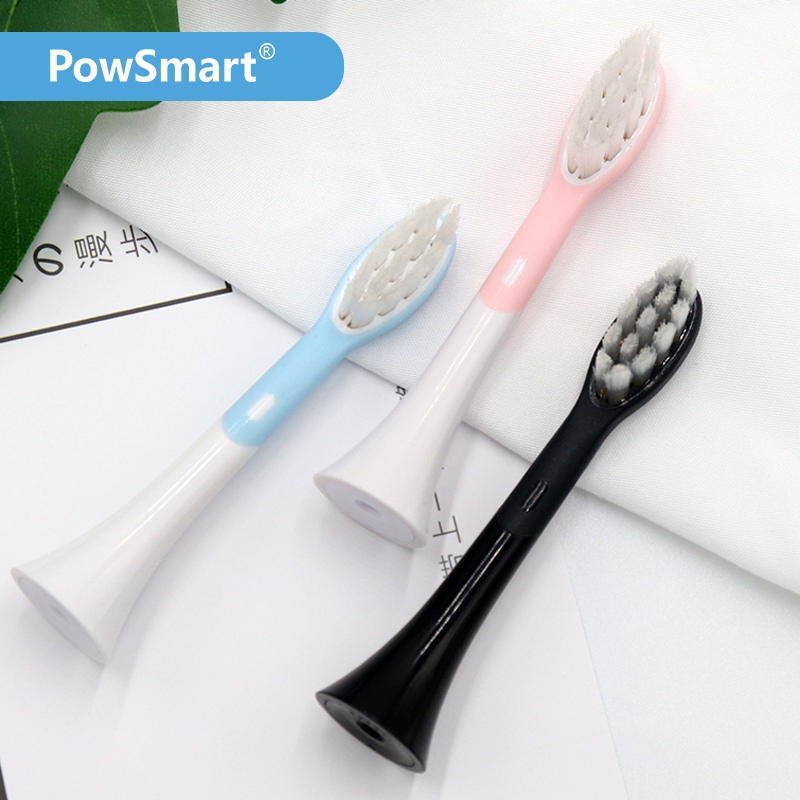
Why Is the Powsmart Ortho Head Key to the Clean Braces Technique?
.jpg)
Is Your POWSMART Smart Rechargeable Toothbrush Leaking Battery?
Electric Toothbrush with App Connectivity – Smart Oral Care for B2B Markets
Are Erratic Brushing Mode confusion and Timers Failing Simultaneously?

Can Travel Electric Toothbrush’s Waterproof Failure Cause Circuit Corrosion?
Light Burns Cause Bite Misalignment? Whitener Safety Controversy!
.jpg)
Smart Electric Toothbrush Manufacturing: How to Choose the Best OEM Partner
.jpg)
sonic electric toothbrush Montgomery

Does the 40000 Strokes/Min Sonic Brush Trigger Gum Recession?
Does Reservoir mold in Water Flosser Tanks Block Spray Tips?
Electric Toothbrush with Pressure Sensor – OEM Design & Wholesale Supply
Waterproof Failure Causing Material Toxicity? A Silent Risk in Oral Care Manufacturing
.jpg)
Key Points for Customized Water Flosser Nozzle: Food-Grade Silicone vs. PP Material and Antibacterial Structure Design
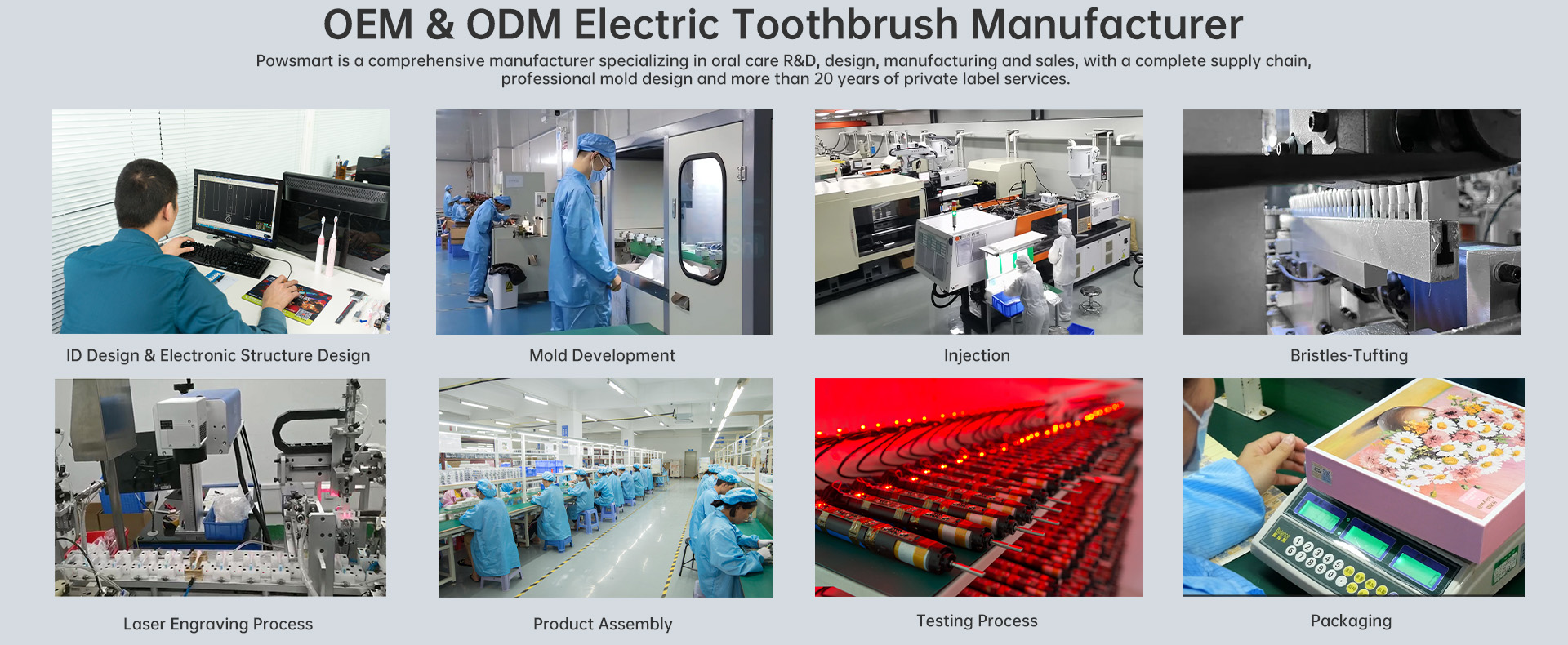
Antibacterial Water Flosser Technology Trend: The Importance of UV Sterilization for Water Tank Hygiene Assurance

electric toothbrush heads Ultra Soft

electric toothbrush heads Deep Clean

Electric toothbrush heads Charcoal Infused-Diamond

electric toothbrush heads Regular Clean
.jpg)
Florida Electric Toothbrush – Powsmart PTR-C8

Customization Teeth Whitening Gel

Private Label Whitening Gel

electric toothbrush heads Charcoal Infuse-Round
whstapp
whstapp
National Toll-Free Service Hotline
+86 755 86238638